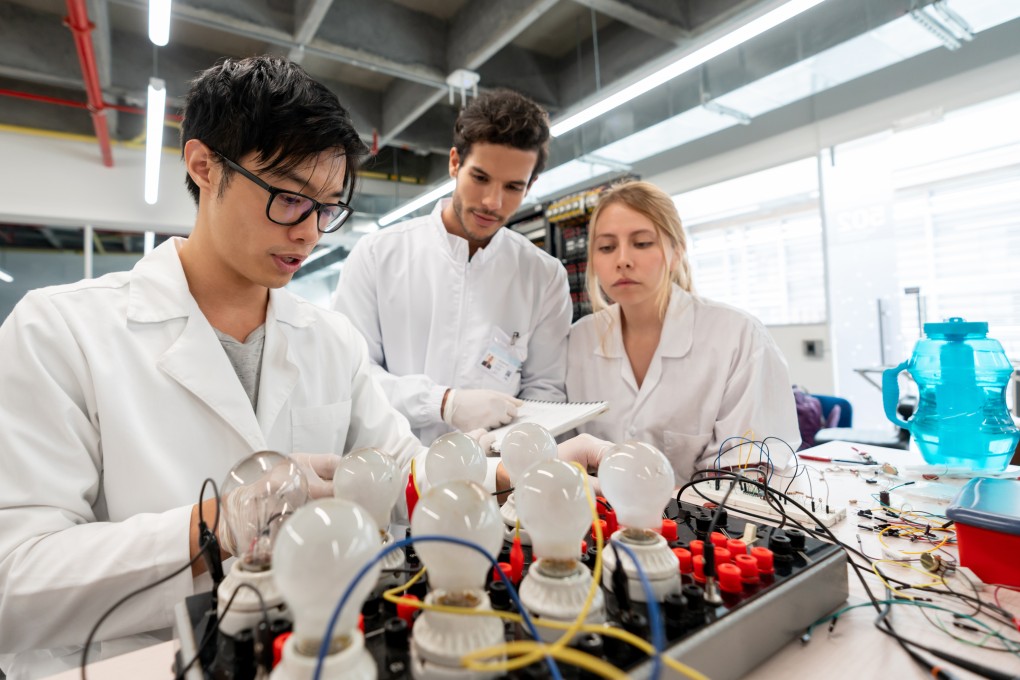World-class research standing of Hong Kong’s publicly-funded universities confirmed by international experts: UGC’s Research Assessment Exercise 2020
Results of the large-scale peer-review Research Assessment Exercise 2020 (RAE) clearly show that the eight publicly-funded universities in Hong Kong are in good standing internationally and all have considerably enhanced their research performance compared with the last RAE in 2014.

[Sponsored Article]
The University Grants Committee (UGC) released the results of the RAE 2020 on May 24, 2021. The exercise engaged 361 distinguished international and local scholars as well as local research end-users with extensive expertise in their respective fields.
The overall results are very encouraging. 70 percent of the research submissions were judged as internationally excellent or above, with 25 percent world-leading and 45 percent internationally excellent.
Embracing international best practice, the RAE 2020 is a criterion-referenced assessment evaluating the research outputs, impact and environment of the universities under 41 Units of Assessment (UoAs) based on different academic disciplines. 4,223 academic staff made 16,293 submissions, including 15,757 research outputs, 345 impact case studies, and 191 environment submissions.
Performance of Hong Kong universities compares favourably with their peers around the world, e.g. around 76 percent and 66 percent of submissions were judged to be comparable standard in the UK REF 2014 and the ERA 2018 in Australia.
